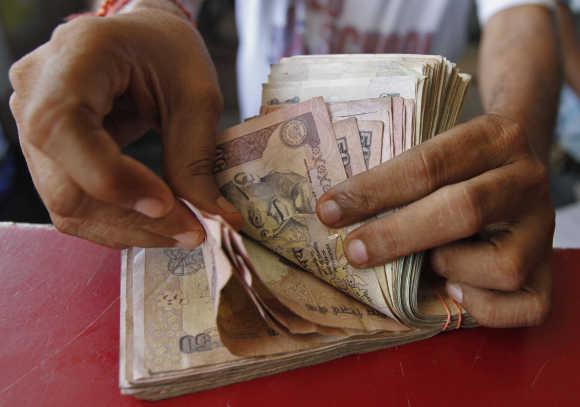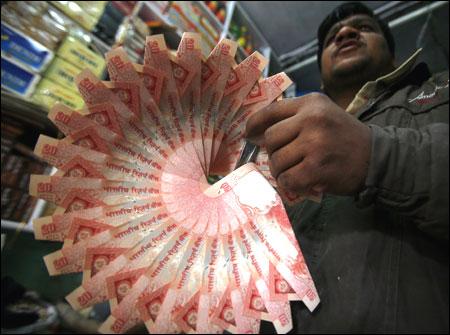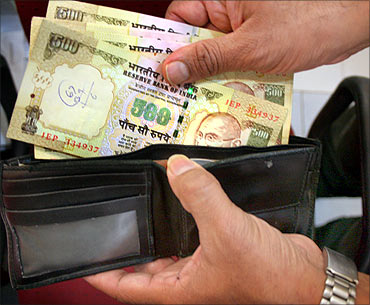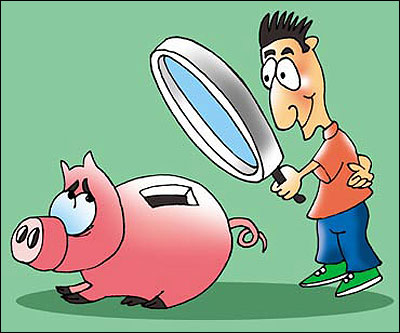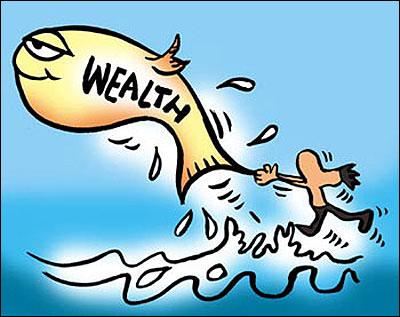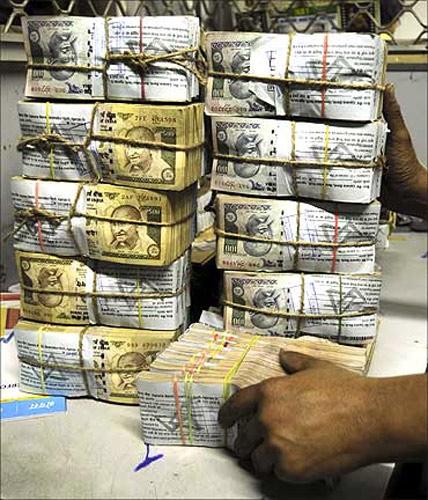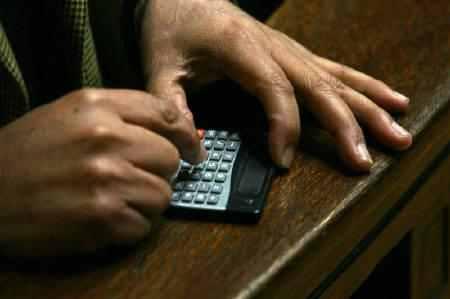 | « Back to article | Print this article |
Job change should not deprive you of PF
It is not uncommon for people to switch jobs once in a while.
However, while changing jobs, many fail to claim their provident fund.
Most people think the process to claim PF is cumbersome.
In reality, it is not.
All it requires is a little bit of patience and diligent follow up.
Click NEXT to read further. . .
Job change should not deprive you of PF
To withdraw your PF, you have to fill and file Form 19 (for PF) and Form 10 (for pension) with your employer.
It is best to do it while sending your resignation papers in your office.
You also need to give a cancelled cheque, which will provide your employer with your bank account details.
How fast you get your money will depend on how quickly your company forwards the documents to the PF office.
Click NEXT to read further. . .
Job change should not deprive you of PF
It's only after this period will the company forward the papers to the PF department.
But not all companies are efficient in sending the papers and neither is the PF department efficient in processing the claim.
So, it could take anywhere between three and eight months to get your PF money.
The PF money does not go the employer; the PF department will credit the money directly to the employee's bank account.
Prior to crediting the money, the department sends an intimation to both the employee and employer, mentioning a tentative date by which the money is likely to be credited.
Click NEXT to read further. . .
Job change should not deprive you of PF
If you are moving to another organisation, transferring your PF money is a better option, instead of withdrawing it, says Sachin Bhopche, head (human resources) at Bonanza Capital.
"PF is a social security scheme and there is a pension component as well. If you withdraw before 15 years, you won't get the pension amount," he says.
Another reason why you should transfer your PF money and not withdraw it is to save on tax. If you withdraw the PF before five years, you will be liable to pay tax, depending on your income tax slab. Instead, if you transfer it, you can save the tax and you will continue to earn interest on it.
For FY13, the interest rate has been fixed at 8.5 per cent.
Click NEXT to read further. . .
Job change should not deprive you of PF
"Once you withdraw the money, there is a tendency to consume it.
"But one must remember that the post-tax rates offered by PF is difficult to match in other investments.
"As long as you don't require the money for any other purpose, such as making the payment for a house purchase, it is advisable not to withdraw it," says Arvind Rao, a certified financial planner.
After you join the new job, you should ideally transfer the PF account from your earlier job, at the earliest.
Click NEXT to read further. . .
Job change should not deprive you of PF
The longer you delay, the longer will it take for the money to be transferred.
To transfer the PF account from your previous job, you have to fill Form 13.
Usually, the process is faster than withdrawing the money. In case your earlier job did not have a PF component, then you have to declare this by filling Form 11.
If your PF is inactive for three years (that is, if no money has been credited), it will stop earning interest after three years.
So, it is better to withdraw or transfer your PF amount within three years of changing jobs or retiring.
Click NEXT to read further. . .
Job change should not deprive you of PF
If, for some reason, your past employer is not traceable or the company has shut down, then you have to submit an identity proof (such as PAN card, voter's identity card, passport, ration card, etc) and residence proof (utility bill such as electricity bill or landline telephone bill) to the PF department.
You will also be required to send a letter from the bank where you want the money transferred to.
You will also need to trace the PF account number of your previous employer.
You need to know the number even to transfer your PF account.
Click NEXT to read further. . .
Job change should not deprive you of PF
Often, we close old salary accounts, as it is expensive to pay annual maintenance charges.
However, some dividend payments due to us, such as the ones from equity or mutual fund investments, could be linked to these bank accounts.
If the bank account is closed when the payment comes, then it goes back to the company and the investor has to collect it from there.
The most common reason for dividend payments not being claimed is when the investor has not informed the company of his new address, due to which the cheque returns to the company.
Fund houses and companies also inform investors about the dividend payment through SMS and email.
Click NEXT to read further. . .
Job change should not deprive you of PF
In any case, most dividend payments now happen through direct transfer to the investor's account.
Only two-three per cent of the total volume of the dividend payouts happen through cheques, says an official from the customer service department of a fund house.
In case an electronic transfer fails, if the account has been closed, then the fund house will issue a cheque to the investor.
Click NEXT to read further. . .
Job change should not deprive you of PF
If the dividend cheque returns, you need to approach the fund house or the company before the validity of the cheque expires, that is, within three months.
Otherwise, it could take up to 30 days for a new cheque to be issued.
To know about your unclaimed dividends, write to the registrar and transfer agent of the fund house with details such as folio number and the name of the scheme.
If it is a share, you can write to the registrar of the company.
To avoid these hassles, always update your personal details with the company.
